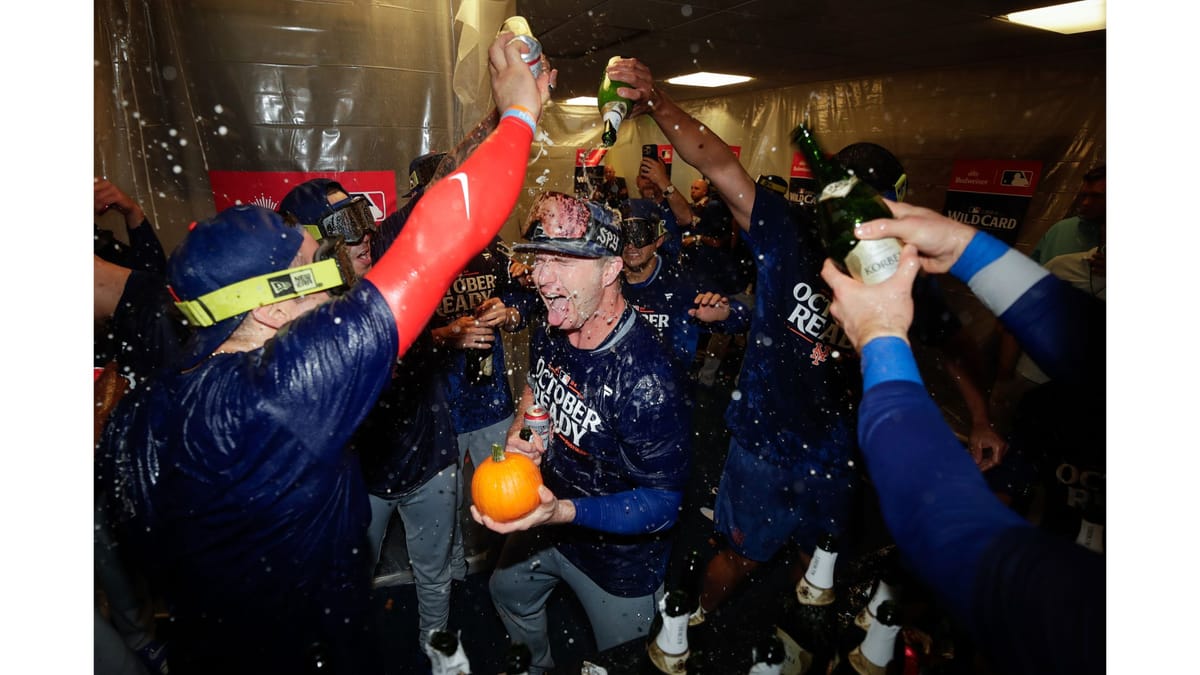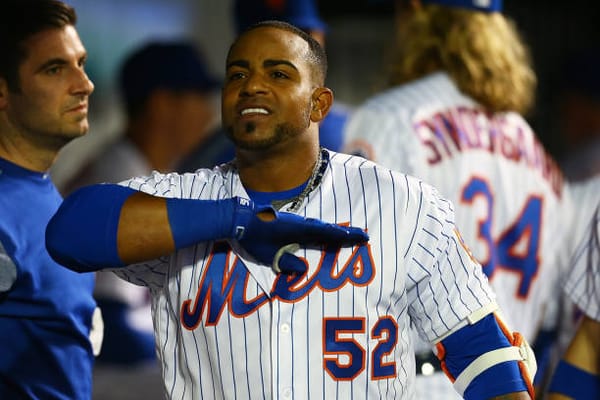The New York Mets' Bold Decision to Move On From Pete Alonzo: What It Means for the Team
The New York Mets have made headlines with their decision to part ways with star first baseman Pete Alonzo, after reportedly offering him a three-year contract worth between $68-70 million — an offer he ultimately rejected.

The New York Mets have made headlines with their decision to part ways with star first baseman Pete Alonzo, after reportedly offering him a three-year contract worth between $68-70 million — an offer he ultimately rejected. This bold move marks a significant shift in the Mets' strategy, as they look to reallocate resources and prepare for the future under President of Baseball Operations David Stearns. Here's a breakdown of what this decision means for the team, its fans, and its future trajectory.
The Pete Alonzo Contract Offer and Fallout
The Mets' offer to Pete Alonzo, which included opt-out options, fell short of the expectations that many, including Alonzo and his agent Scott Boras, likely had. While the offer was competitive — closely aligned with market values, such as Christian Walker's recent three-year, $60 million deal — it was far from what a marquee player like Alonzo may have anticipated.
Alonzo’s rejection of the deal has led the Mets to pivot, focusing their resources elsewhere and leaving a significant gap in the team's offensive lineup. For a player synonymous with the franchise’s identity, this move raises questions about how the Mets value their homegrown talent.
Optics and Fan Reaction
The optics of this decision have sparked a mixed reaction from fans. Many feel betrayed, given Mets owner Steve Cohen’s willingness to offer one of the largest contracts in MLB history — 15 years and $765 million — to Juan Soto, contrasting sharply with the more conservative approach taken with Alonzo.
Alonzo, a cornerstone player and fan favorite, is left to feel underappreciated despite his consistent on-field contributions. His departure has created a need to ensure that the Mets' management adequately communicates the long-term strategy behind this decision to avoid alienating the fan base further.
The Mets’ Lineup Without Alonzo
Without Pete Alonzo, the Mets' lineup faces significant challenges. The team will now rely on internal options to fill key roles, including:
- Mark Vientos at first base and increased reliance on young players such as Brett Baty, Ronny Mauricio, and Luisangel Acuña, who are expected to compete for the third base position.
- A potential designated hitter (DH) platoon featuring Jesse Winker against right-handed pitchers and Starling Marte against left-handed pitchers.
This revised lineup plan highlights a heavy dependence on young, unproven talent to step up and bridge the offensive gap left by Alonzo. While players like Francisco Lindor and new acquisition Juan Soto will anchor the lineup, Alonzo's elite power and run production will be difficult to replace.
The Mets’ Offseason Philosophy Under David Stearns
The Mets' moves this offseason reflect a broader shift toward financial discipline under David Stearns. Known for his analytically driven, market-value-minded approach, Stearns has emphasized avoiding overpaying players out of sentiment and focusing on long-term roster sustainability.
This approach includes reallocating spending to areas like the bullpen and pitching depth, signaling a shift away from the big-splash, high-risk signings that characterized the Steve Cohen era's early years. While this financial restraint may lead to short-term struggles, the hope is that it sets the foundation for long-term success.
---
Why This Decision Matters
1. Impact on Offensive Production
Pete Alonzo’s departure leaves a gaping hole in the Mets' offensive production. He has been a consistent source of power, ranking among the league’s best in home runs and RBIs. The burden of replacing his production now falls on unproven players like Mark Vientos and Brett Baty, who will need to step up quickly in a highly competitive National League East.
2. A Shift in Team Philosophy
The move signals a new era for the Mets, with David Stearns leading a shift toward financial discipline and smart roster construction. While this contrasts with Steve Cohen's early "win at all costs" approach, it reflects a more sustainable strategy designed to balance immediate competitiveness with long-term stability.
3. Fan Base and Player Relations
While David Stearns’ strategy may be analytically sound, the lack of urgency in retaining a fan favorite like Pete Alonzo has generated negative optics. Fans may struggle to reconcile the decision to let a cornerstone player walk, especially as it follows a season where the Mets fell short of postseason expectations.
4. An Uncertain Lineup
The Mets’ new lineup raises concerns about its ability to compete. While the team boasts stars like Francisco Lindor and Juan Soto, the reliance on younger players and a DH platoon of Winker and Marte exposes a lack of proven depth. Whether these internal solutions can produce results remains to be seen.
Final Thoughts: A Risky, Yet Calculated Gamble
The Mets' decision to move on from Pete Alonzo is a risky, yet calculated gamble. On one hand, it emphasizes a disciplined approach to payroll and contract negotiations, prioritizing long-term stability over short-term appeasement. On the other hand, it creates an immediate void in offensive production and risks alienating a devoted fan base.
Only time will tell if this bold move by David Stearns will pay off. If young players like Vientos, Baty, and Mauricio thrive and the team’s revamped pitching depth delivers, the Mets could be setting themselves up for sustained success in the years to come. But in the short term, the loss of Alonzo’s bat and his emotional connection to the fan base presents a major challenge that the team will need to address both on and off the field.
Newsletter Maintained by Vaccaro Marketing




